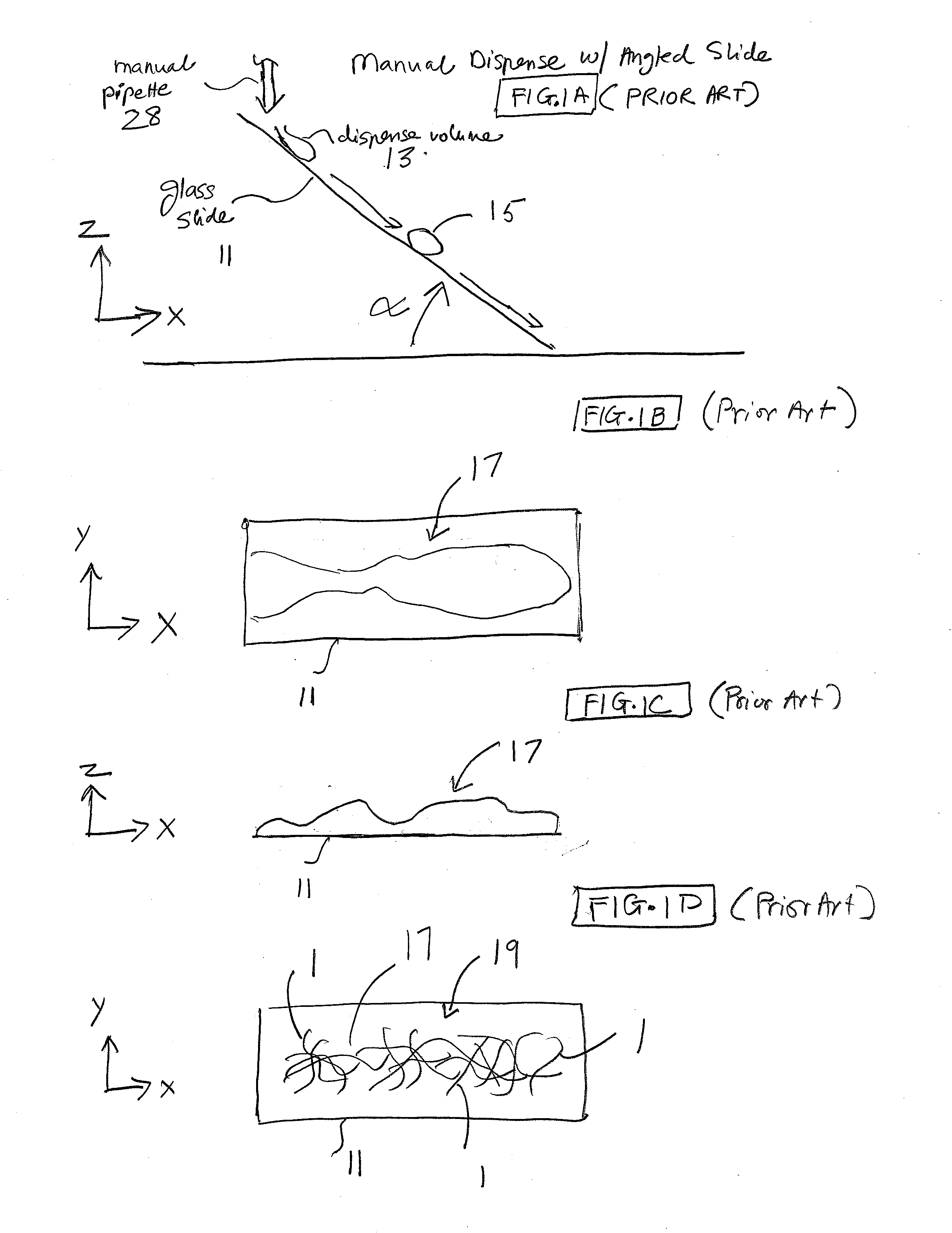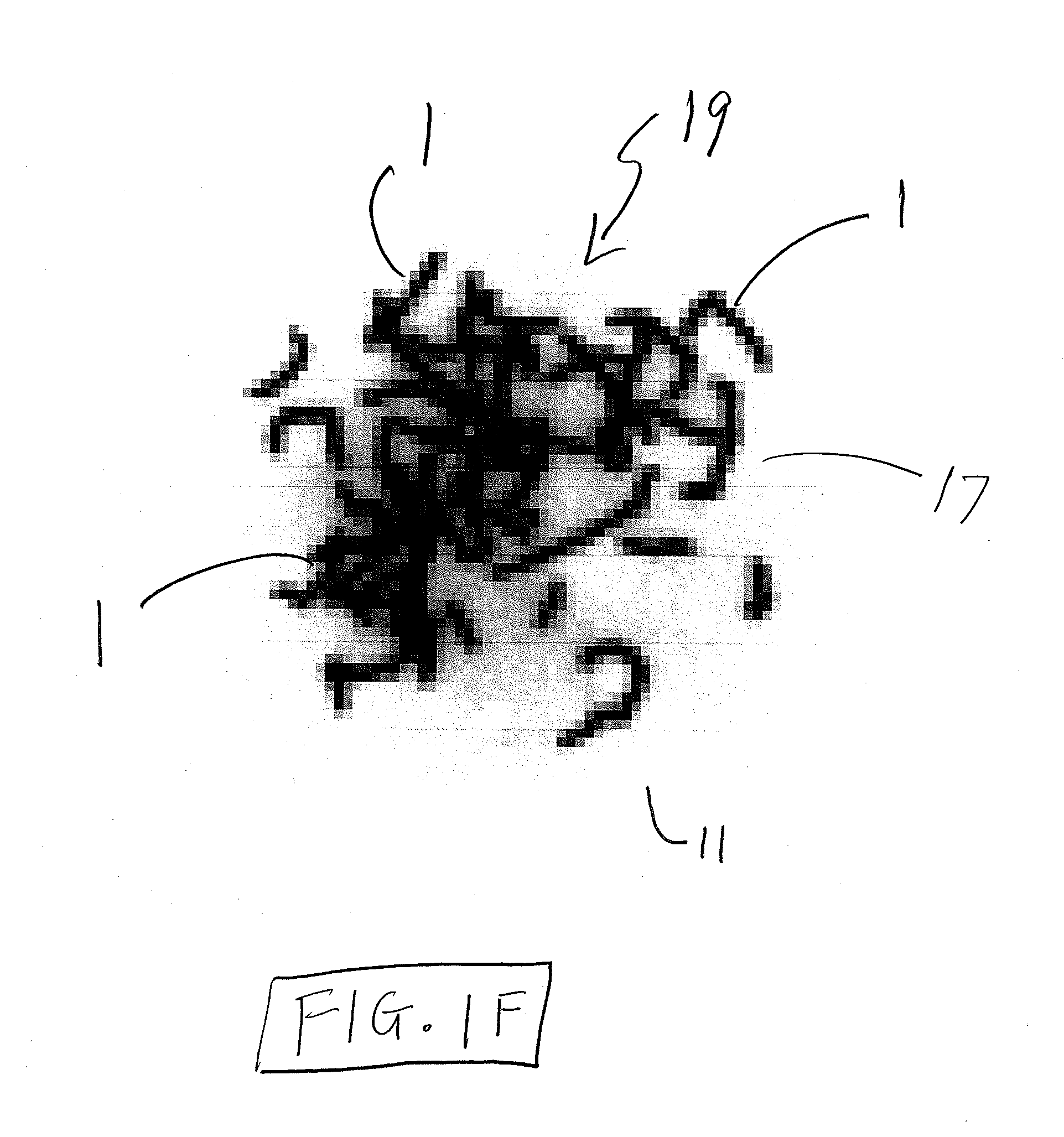Controlled printing of a cell sample for karyotyping
a cell sample and control technology, applied in the field of karyotyping cell samples controlled printing, can solve the problems of insufficient stain acceptance, time-consuming manual techniques, and high cost, and achieve the effect of reducing the number of cells
- Summary
- Abstract
- Description
- Claims
- Application Information
AI Technical Summary
Benefits of technology
Problems solved by technology
Method used
Image
Examples
Embodiment Construction
[0086]The preferred embodiments of the invention described herein relate generally to matrix printing of one or more cell samples for karyotyping and, in particular, to methods and systems for matrix printing of at least one cell sample using on-the-fly printing or dispensing to accurately spread cells on a surface in preparation for karyotyping preparation, and further analysis.
[0087]While the description sets forth various embodiment specific details, it will be appreciated that the description is illustrative only and should not be construed in any way as limiting the invention. Furthermore, various applications of the invention, and modifications thereto, which may occur to those who are skilled in the art, are also encompassed by the general concepts described herein.
[0088]Certain embodiments provide methods and techniques for controlled printing of a cell sample for karyotyping. The methods can involve matrix printing using on-the-fly printing or dispensing to accurately sprea...
PUM
| Property | Measurement | Unit |
|---|---|---|
| Length | aaaaa | aaaaa |
| Length | aaaaa | aaaaa |
| Length | aaaaa | aaaaa |
Abstract
Description
Claims
Application Information
 Login to View More
Login to View More - R&D
- Intellectual Property
- Life Sciences
- Materials
- Tech Scout
- Unparalleled Data Quality
- Higher Quality Content
- 60% Fewer Hallucinations
Browse by: Latest US Patents, China's latest patents, Technical Efficacy Thesaurus, Application Domain, Technology Topic, Popular Technical Reports.
© 2025 PatSnap. All rights reserved.Legal|Privacy policy|Modern Slavery Act Transparency Statement|Sitemap|About US| Contact US: help@patsnap.com



